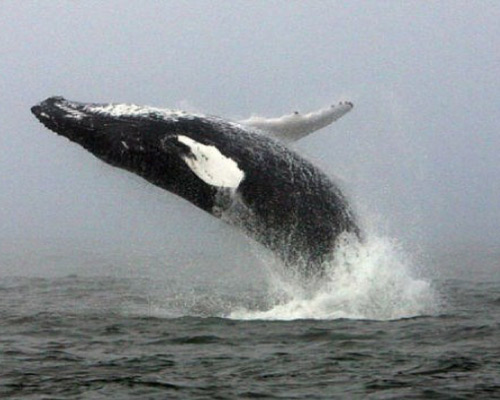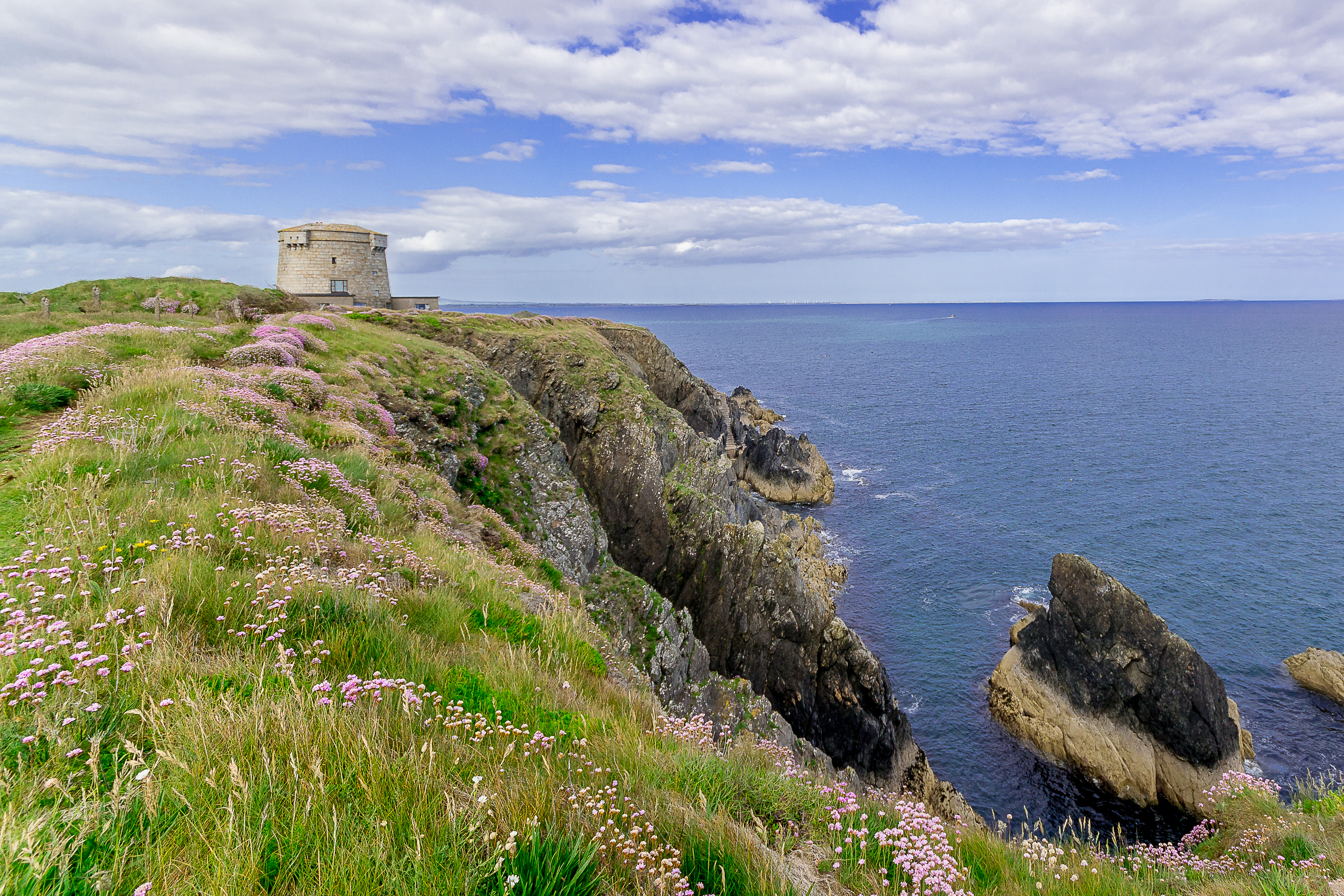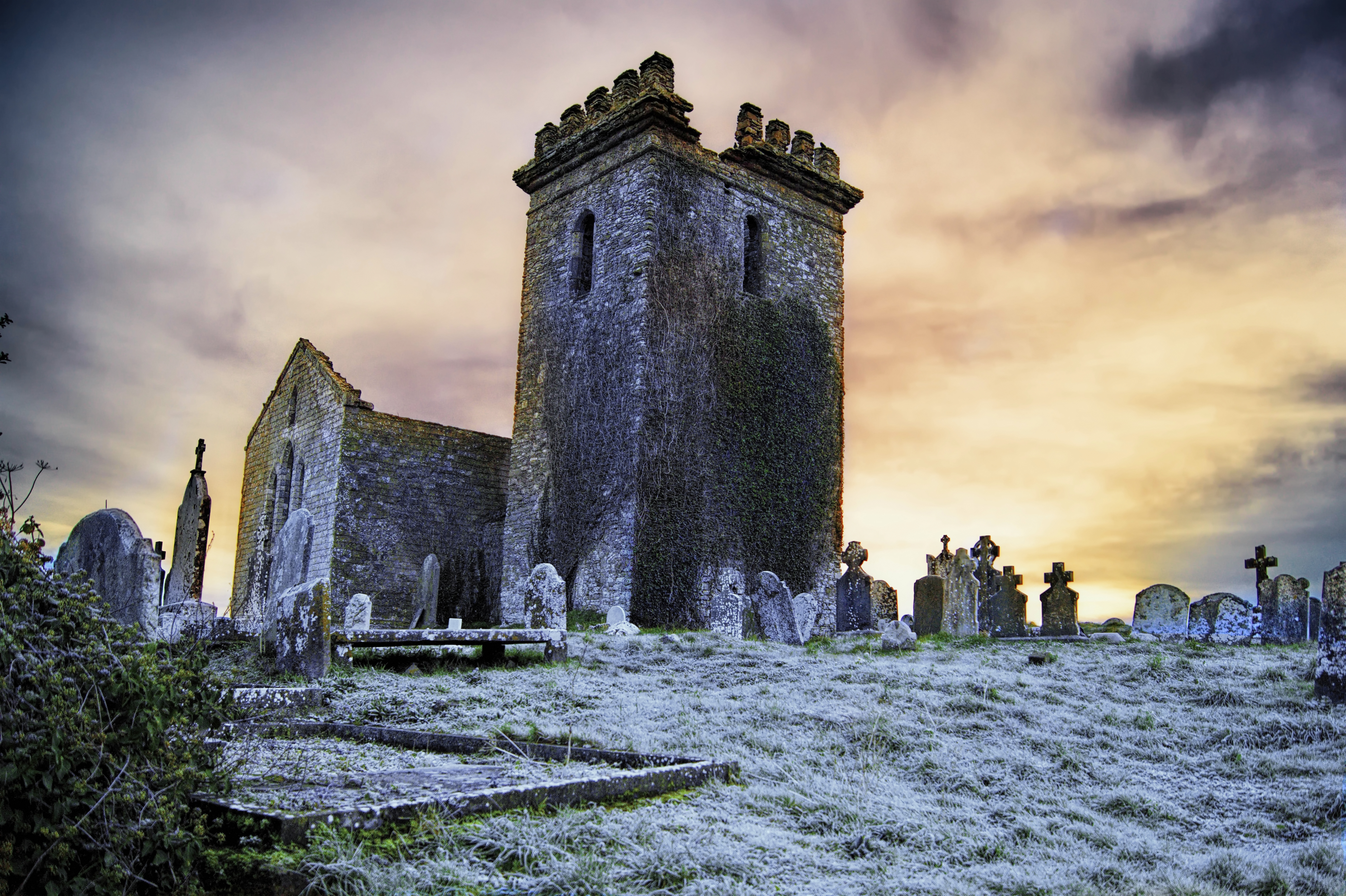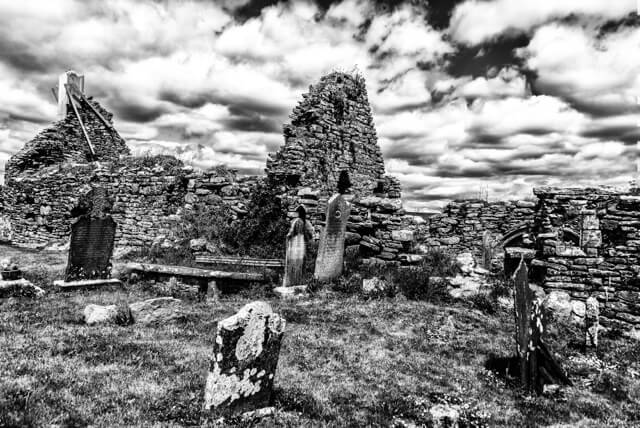Epic History
Norman Way
The Norman way is a trail stretching along the south coast of county Wexford. Covering everything from the point of the first Norman invasion of Ireland to the relics that they left behind. Hidden gems of the Norman Way are waiting to be explored by you down quiet country lanes, in beautiful seaside villages and alongside stunning beaches.


Baginbun
Norman Invasion
The site of the second Norman invasion in 1170.
Martello Tower
Martello Towers were primarily coastal defenses constructed throughout the British Empire from the time of the French Revolutionary Wars onwards. They consisted of a single gun emplacement upon the roof with the ability to point in any direction. Many survive as this one does as private residences.
The Knights Templar
The Knights Templar arrived in Ireland between 1172-1177, after the Norman and English Invasions. The predominant use of their lands in Ireland was to raise funds to support their mission to protect pilgrims visiting holy sites in the Middle East and to protect the newly captured city of Jerusalem. The Irish nobel family of O’Morras gifted the lands of Kilclogan in Co. Wexford to the Templars. These lands stretched south from an approximate line from Duncannon to Baginbun.
The Templar Order fell foul of the Catholic church and on Friday 13th October 1307 the Pope decreed that the order be dissolved and the Templars arrested. Following this their lands were transferred to their rivals the Knights Hospitaller.
Nothing remains of the wooden Templar buildings on the peninsula but the stone Hospitaller structures that took their place still remain. Most notably the tower of the old church in Templetown (across from Templar’s Inn).


Duncannon Fort
The fort dates from the 16th century and is one of only three bastioned forts in County Wexford. Parts of the fort date to the previous 15th century fort with curtain walls. The site was probably the site of an earlier prehistoric promontory fort.
Dubhain, Brecaun, Alloc : The Saints of the Peninsula
The best known of these three welsh monks is Dubhain who gave his name to the peninsula. On your way to the lighthouse you will pass the site of his monastery (the ruined medieval church on your right) and the origins of the lighthouse itself lie with Dubhain. Due to coastal erosion Brecaun’s site and most of the medeival church have been washed away but what remains can be found on the coast near Miskella’s shop. Finally, evidence for Alloc can be found in the place names of Kilcloggan (in irish cill Allocan, Alloc’s Church), the same site that would become the main Templar presence on the peninsula.

Further information on the history of the peninsula can be found in the book ‘The Hook Peninsula’ by Billy Colfer


